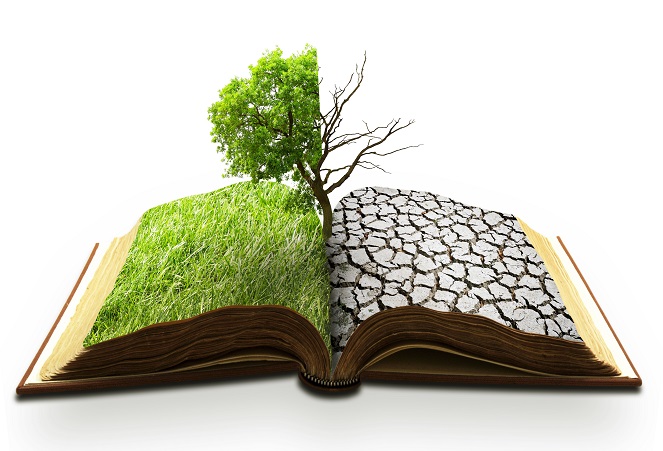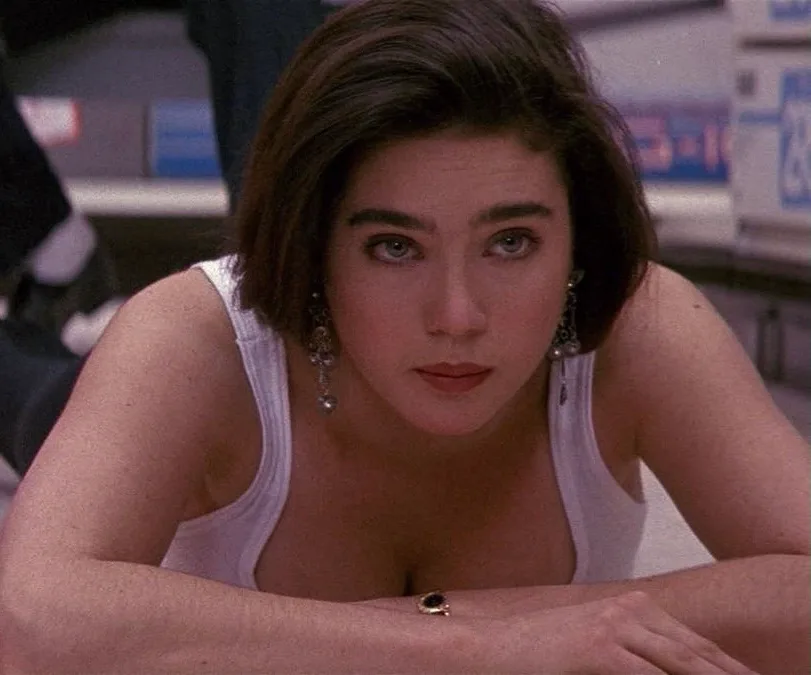Climate fiction, or “cli-fi,” is a rising literary genre that merges storytelling with the urgent realities of climate change. This subgenre explores the human experience in future or altered worlds impacted by environmental collapse, rising seas, or global warming. Authors like Margaret Atwood and Kim Stanley Robinson have brought cli-fi into the mainstream, crafting gripping narratives that are not only thought-provoking but deeply grounded in scientific possibility and ethical reflection.
The power of climate fiction lies in its ability to personalize a global crisis. Rather than presenting data or abstract warnings, cli-fi places characters in emotionally rich, often perilous environments shaped by ecological consequences. Readers become immersed in futures where decisions made today bear devastating or transformative effects. This storytelling approach offers an accessible gateway to environmental awareness, often inspiring action more effectively than statistics or documentaries alone.
Beyond entertainment, cli-fi serves as a call to action. It challenges readers to confront uncomfortable truths and envision alternative futures—both bleak and hopeful. As climate concerns dominate global headlines, the literary world’s engagement with this genre becomes more essential. Climate fiction doesn’t just reflect our anxieties—it pushes us to imagine responsibility, resilience, and redemption in a warming world.







